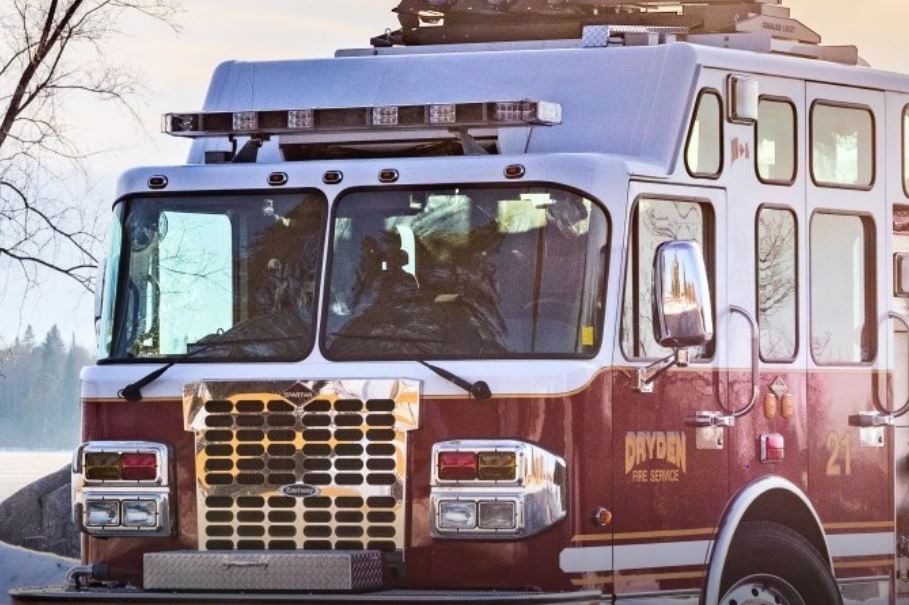DRYDEN — According to a consultant, the top five safety risks in the Dryden community are fires or explosions in industrial occupancy, wildfires, fires in vulnerable occupancy, weather events, and fires in residential occupancy.
The community risk assessment evaluated the Dryden mill as having the highest risk of fire based on the city’s economic profile based on information provided by the fire department.
Consultant Tony Van Dam, said the fire department is required to complete inspections of industrial zone annually to identify their risks and ensure the occupancies remain compliant with the Fire Protection and Prevention Act.
Fire services conducted eight inspections of industrial zones in 2021, according to the risk assessment. Although it should be noted that the CRA doesn’t state that these inspections were performed at the Dryden Mill specifically, but the number is an accumulation of the industrial zones as a whole. Dryden has several industrial businesses along Highway 17 including the rail yard.
Fire Chief Chris Wood explains that the department is meeting the mandated requirements for inspections on the city’s vulnerable occupancies, request inspections, and public complaints.
The CRA reports that the total number of inspections performed by the department across all types of occupancies was 55 in 2021. The majority of inspections conducted were in residential with 21.
Wood states that the CRA provides the department with an adequate view of Dryden’s stock building stock.
“This tool allows up to get a really good look at our overall building stock. So, what we are doing is identifying the highest risk occupancies,” said Wood. “We’ve definitely adjusted our goal and how many [inspections] we are going to achieve each year. But now we just got to make sure we continually hit the mandated and required inspections each year and then we’ll break down by the highest risk for those additional ones.”
Although industrial zones are the highest safety risk to the city, only one fire was reported with zero loss in damages to the city, in 2021.
In that same year, the city lost a total of $2.4 million to fires with a major of losses in residential areas at $2.1 million.
Dryden Fire Services attended 292 total calls for services, with about a quarter of those calls being false fires and alarms, which made up the majority of the department’s frequency of emergency responses between 2017 and 2021.
However, the risk assessment also points out that the majority of Dryden’s homes were built between 1961 and 1980 and that “buildings constructed before 1975 do not have the same life safety systems and equipment as buildings constructed after 1975 when the Ontario Building Code requirements came into effect.”
Therefore, the age and type of residential buildings and commercial buildings affect the likelihood and consequences of fire.
The risk assessment considers residential occupancy a moderate risk to the city. Van Dam suggests that public education about fire prevention is the best policy to increase public awareness.
Consultant Bill Lorimer complimented the Dryden Fire Service Department for providing the public with fire prevention strategies on their website.
“As we evaluate different fire services, I must say that the City of Dryden Fire Services public education is excellent,” Lorimer.
When asked by council if the fire department has enough staff to educate the public and inspect the building, Wood points out that education and prevention are one of his top priorities, but it will come with a cost.
“I do think when it comes to smoke alarm campaigns and getting our firefighters out into the community, it definitely comes at a cost for manpower and for dollars,” said Wood.
Wood said the risk assessment provides the fire department with a good way to manage the city’s building stock and identify those high-risk buildings to target frequent inspections.
